Connecticut builder Ben Bogie walks us through the detailing of an integrated gutter system for controlling bulk water at the structural perimeter of a vented roof assembly. This project includes a TJI ceiling framing with incorporated service cavities, which, along with the water control details, are located inside the air barrier.
Ben Bogie is a second-generation high-performance-building obsessive working as a project manager for BPC Green Builders of Wilton, CT.
Weekly Newsletter
Get building science and energy efficiency advice, plus special offers, in your inbox.








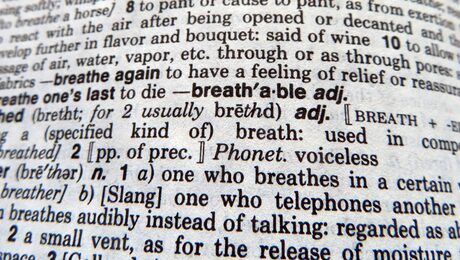
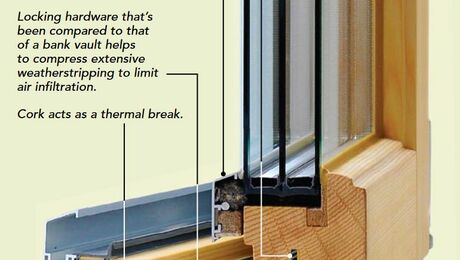

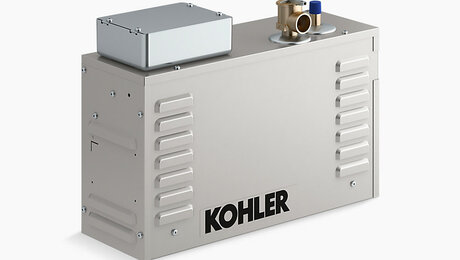
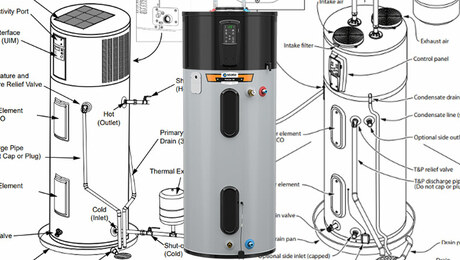
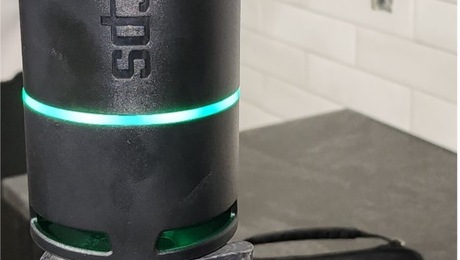
12 Comments
The key to this being successful is in the description of Ben as a "high-performance-building obsessive". Concealed gutters introduce risk into roofs. I've seen too many of them fail to be comfortable designing a roof with them, when the only advantage is aesthetic.
I live in Quebec where snow and ice sliding off metal roofs can be very destructive. Wouldn't a well made integrated gutter also act as an anchor for the snow and ice? Also how do integrated gutters fail? Both ice anchors, and flexible gutter straps are attached through the metal roof which is not ideal either.
nilst,
I would imagine they do act as pretty effective snow anchors.
Concealed gutters are usually made from one of three materials: a membrane, metal flashing, or a waterproofing system like Ben used. Only the metal flashing has the same expected longevity of metal roofing, but is not continuous and is prone to leaks at the seams.
The fundamental problems are the same as with ordinary gutters. They can clog and overflow, they can be damaged by freeze/thaw cycles or the regular cleaning they require, and at some point they age out and fail. The big difference with concealed gutters are the consequences, where leaks don't just lead to drips at the eaves, but water infiltration into the roof system.
Word
Very well explained. Great level of detail paid to keeping the water out.
Great short video!! I live in a low area, 300 feet from a glacier fed river... We have a very wet inversion layer every morning. Had to order the Zip System stuff out here in rainy Washington, and am very happy I did! I did waterproof membrane under my raised seam mono roof, and zip system sheeting, zip tape, and zip liquid all the way down to being sealed to the stem wall. My wood shop (and all of my tools) are very nice and dry and happy. Great system, and YES worth the cost in preventive care.
I will be making a roof line modification to my 84 year old house, and am looking forward to making Zip Systems a part of it!
Beautiful, but the work involved must have added $25,000 to the gutter cost alone vs k style…as for the total ‘ice and watered’ roof, why are you using zip? Could have used plywood and he had an even more resilient less expensive roof..
Ben is at IBS running the Performance Zone so he might be slow to reply. I had the same thought at first, but I can imagine Ben's response: ZIP allows you to dry in the roof very quickly so other activities can progress. You can't leave ice and water shield exposed for long so it's best to put it down right before the roofing goes on. Zip sheathing is often no more expensive than plywood, though it varies a lot.
K-style gutters are fine for commodity housing types, but this project looks like a sleek, modern interpretation of a Frank Lloyd Wright aesthetic, and K-style gutters (meant to mimic classical architectural details) would not be appropriate. An angular gutter could work but it wouldn't be as sleek looking as this design. An additional $25K on what is likely a multi-million dollar home is not a big deal.
Michael,
"An additional $25K on what is likely a multi-million dollar home is not a big deal."
I think that's important to remember: We are taking about a luxury build, and some of the assemblies - like a whole largely redundant floor structure under the trusses - don't make sense outside that context.
Zip is exposure rated for 180 days; that’s nothing special compared to a good underlayment. Comparing zip to ice and water is arguably a bit of a false comparison,(or even a durable permeable mechanically applied membrane\). Ice and water seals the thousands of nail penetrations, and I know christine says it doesn’t matter, even with a reroofing, but it’s still defies common sense , and in any event , zip certainly is not superior at nail sealing, and once taped is impermeable. I like Hubers new more seminpermeable grey tape and I think it helps at the seams , the weakest point, but it’s still osb, and it’s still effectively impermeable when installed properly. And How long does it really take to apply underlayment to to a modern roof that is relatively uncomplicated? I understand one now needs to get the roofers on the site, and in New England in winter you may not even want to wait a day; but you are sacrificing something, properly taped zip sheathing does not breathe, it’s still osb, comparably priced and thick cdx, even the lousy cdx most can access these days, a superior product qua sheathing alone,. I’ll purposes of discussion , I’ll concede price, nail adherence, taping comparability, but if they get wet, they are qualitatively different in their response. All roofs leak, all decks should breathe, (tho obviously this can practically be a moot point with a thick asphalt architectural shingle baked on the roof a few years) . But ESPECIALLY ON. An expensive custom house zip ….sometimes convenience /scheduling for builder and concessions to declining quality of their labor/crew does not align with optimum solution for owner. Im not saying zip was wrong approach, I am saying it’s not clearly the best choice. Zip is an excellent product, it’s easy to install, and it does get house weather sealed even to high winds quickly without relying on roofers . But it’s not cheap, it’s still osb if water gets in, as it does in any roof, and it doesn’t gasket the thousands of penetrations involved in any roofing . I guess what I’m saying it’s a superb product for production build , a very capable product for most current custom builds, but for a house that can afford these kind of gutters , 18 inches of Glavel under the slab, there are arguably better approaches. That should be considered. For a roof and can be presented to the client.
This is obviously a first world ‘dispute’. What a Great house and design. And manifestly craftsmanship as well.
ps-I am wondering tho if the marginal costs of these beautifully crafted gutters was ONLY $25k LOL
deucevantage,
According to the video Ben posted, the roof also had a fully adhered underlayment over the Zip sheathing.
"All roofs should breath". I know what you are getting at but let's kill this phrase off once and for all. Breathing refers to the movement of air, not vapour. I can see the point of using a more permeable sheathing on walls which can be designed to dry to the outside, but on roofs there is is no appreciable drying upwards in an assembly where the roofing is installed directly on the sheathing, and Zip should provide what is necessary into the attic for any incidental moisture it takes on.
As a general proposition I agree most roofs will leak a some point, but I'm not sure that applies to standing seam metal installation. Unlike shingles, a properly installed metal roof does not deteriorate. If it isn't leaking when finished, there is no reason to believe it will leak later in its life.
I'm with Malcolm--"breathing" is not a precise term. Exactly what do you want your roof sheathing to do? Breathing means respiration. Do you want it to be vapor-open? Air-permeable? Why? Metal roofing and ice and water shield are totally impermeable, so there is no drying to the exterior.
I don't think you have experience building in New England, or else you'd understand the need to get the roof dried in as quickly as possible while you wait months for the metal roofers to show up...
Log in or create an account to post a comment.
Sign up Log in